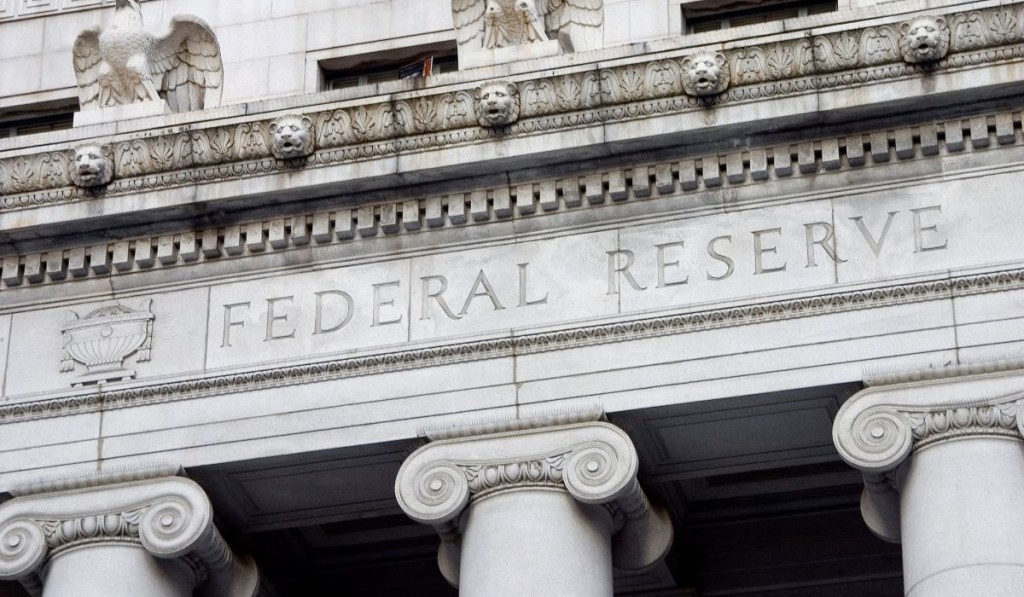Today’s inflation reports show that Federal Reserve rate cuts are in play in 2024 — not because of the labor market breaking, but because real rates are too high. If the labor market gets weaker, meaning jobless claims break over 323,000 on the four-week moving average, we can get even more rate cuts. The labor market is not there yet so for now we can focus on the fact that the Fed overhiked, and because of that, they have room to cut.
The Fed can’t avoid the reality that existing home sales are at record lows and the Fed should be pro-housing again, something I discussed on this HousingWire Daily podcast.
Let’s dig into the report to find out why the Fed can now discuss rate cuts for next year.
From BLS: The Consumer Price Index for All Urban Consumers (CPI-U) increased 0.1 percent in November on a seasonally adjusted basis, after being unchanged in October, the U.S. Bureau of Labor Statistics reported today. Over the last 12 months, the all-items index increased 3.1 percent before seasonal adjustment.
Tuesday’s report showed inflation was a bit stronger than anticipated, but it was boosted by rents and used car prices, both of which have longer-term disinflationary futures in store for them. If you take shelter inflation out of the equation, CPI is running at 1.4%, so the lagging shelter data keeps the CPI report artificially higher than it should be and the Fed knows this. Core CPI would be much lower today if we had real-time rent data.
Shelter inflation is also 44.4% of the index so it’s the most significant component of the CPI index. Back in September 2022 on CNBC, I talked about rents falling, which will be more of a positive story in 2023 as this data line lags badly. Everyone is on the same page on this and the chart below again shows shelter inflation being high but in real terms, it’s much lower than that today.
What does this mean for the Fed meeting on Wednesday? I am not a Fed pivot person: I don’t think the Fed will reverse course until the labor market breaks. So, when we are talking about rate cuts next year, that has to do more with the Fed over-hiking starting in 2022 to make sure the growth rate of inflation fell. With where inflation is going, they can cut rates a few times and still be in restrictive policy if the growth rate of inflation falls even more.
The 10-year yield has fallen dramatically from the recent peak of around 5%, currently at 4.22%. So, the market has loosened financial conditions a bit already but more needs to happen for housing to get going again. Mortgage rates should be below 6% today, but the spreads are still very restrictive in the mortgage market. With the growth rate of inflation falling, this needs to change.
What I would take away from today’s inflation data is that the trend is your friend: the growth rate of inflation has been falling for some time now. The Fed policy is still too restrictive for housing and hopefully the Fed gets a wake-up call and can be pro-housing once again, giving up it’s “stay-at-home” housing economic policy sooner than later.
It’s worth noting that inflation is falling without a job loss recession. Bond yields will head even lower if the labor market gets weaker as they won’t wait for the Fed to act. Hopefully, in tomorrow’s Fed meeting we will see that they’re on the same page and we can all land the plane.







